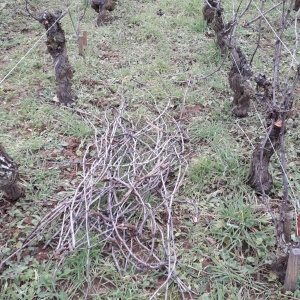February 2023 Winter period
Every year, on 22 January, we celebrate “Saint-Vincent”.
There are several stories about how Vincent was declared the patron saint of winegrowers because of his name! Wine” for the juice of the vine and “hundred” for the blood of Christ for the Church. “Vincent” would therefore be reminiscent of “wine” and “blood”.
Some also say that it is because of the date of his feast day. It falls on 22 January and at one time this was considered a good time to start pruning the vine.
Other hypotheses remain plausible:
– Saint Vincent would have been tortured with a press, and his blood would have been poured out like grape juice.
– Saint Vincent’s donkey would have grazed on the shoots of a vine. This vine would have produced more than the others the following year. Saint Vincent’s donkey would therefore be the inventor of pruning!
Whatever its link with wine, St Vincent’s Day has survived the centuries and is still very much part of the wine-making tradition today. So don’t forget the 22nd of January: “On Saint Vincent’s day, winter dies or starts again”.
Traditionally, the saint is celebrated with masses, processions in vestments and convivial meals between winegrowers.
It was to honour him and share moments of conviviality that the Confrérie des Chevaliers du Tastevin created the first Saint-Vincent Tournante in 1938, going from one Burgundian village to another.
In the vineyard…
Mild weather is on the agenda at the beginning of January, and then winter sets in a little, with pruning and pulling of shoots continuing to the rhythm of the lunar cycles.
In the cellar…
Bottling continues.



























